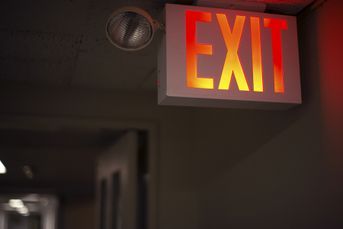What is up with the bond market?
The challenges of an intermediate-term bond bull, Part 2.
The Labor Department reported recently that 288,000 new jobs were created in April and that the unemployment rate had plummeted to “only” 6.3%. The U.S. economy is back!
Does it feel like that to you or your friends?
My thesis since the crisis began has been that post-financial-crisis recoveries are frustrating. They tease and tantalize on the upside but rarely deliver. Economic growth never hits “escape velocity” and unemployment remains stubbornly high. With the government printing a 6.3% rate, that’s hard to still say “stubbornly high.”
(See Part One: The challenges of an intermediate-term bond bull)
Digging into the details a little more, the labor force participation rate fell to 62.8%, the lowest level since 1978. Almost one million people left the labor force. Zero Hedge wrote a good piece about this.
With wages not growing and people giving up on looking for a job, the markets did not celebrate the 288,000 number for more than 90 seconds. Additionally, it seems like at least once over the past few years, we see a monthly print close to 300,000 new jobs created only to have cold water poured on it over subsequent months.
And what did the bond market do with one with of the strongest headline numbers in years? It rallied (although it has since pulled back in orderly fashion) as if the economy did not create many new jobs or actually lost some.
Remember, the actual news isn’t as important as the markets’ reaction to the news. Investors may blame the situation in Russia/Ukraine for the bond market’s post-employment-report reaction or even longer, but that’s not being genuine. If all is as well as is being projected, the bond market should be much lower than it is right now and yields on the 30-year Treasury should be in the upper threes — unless there really is something lurking out there.
Paul Schatz is president of Heritage Capita.l
Learn more about reprints and licensing for this article.






